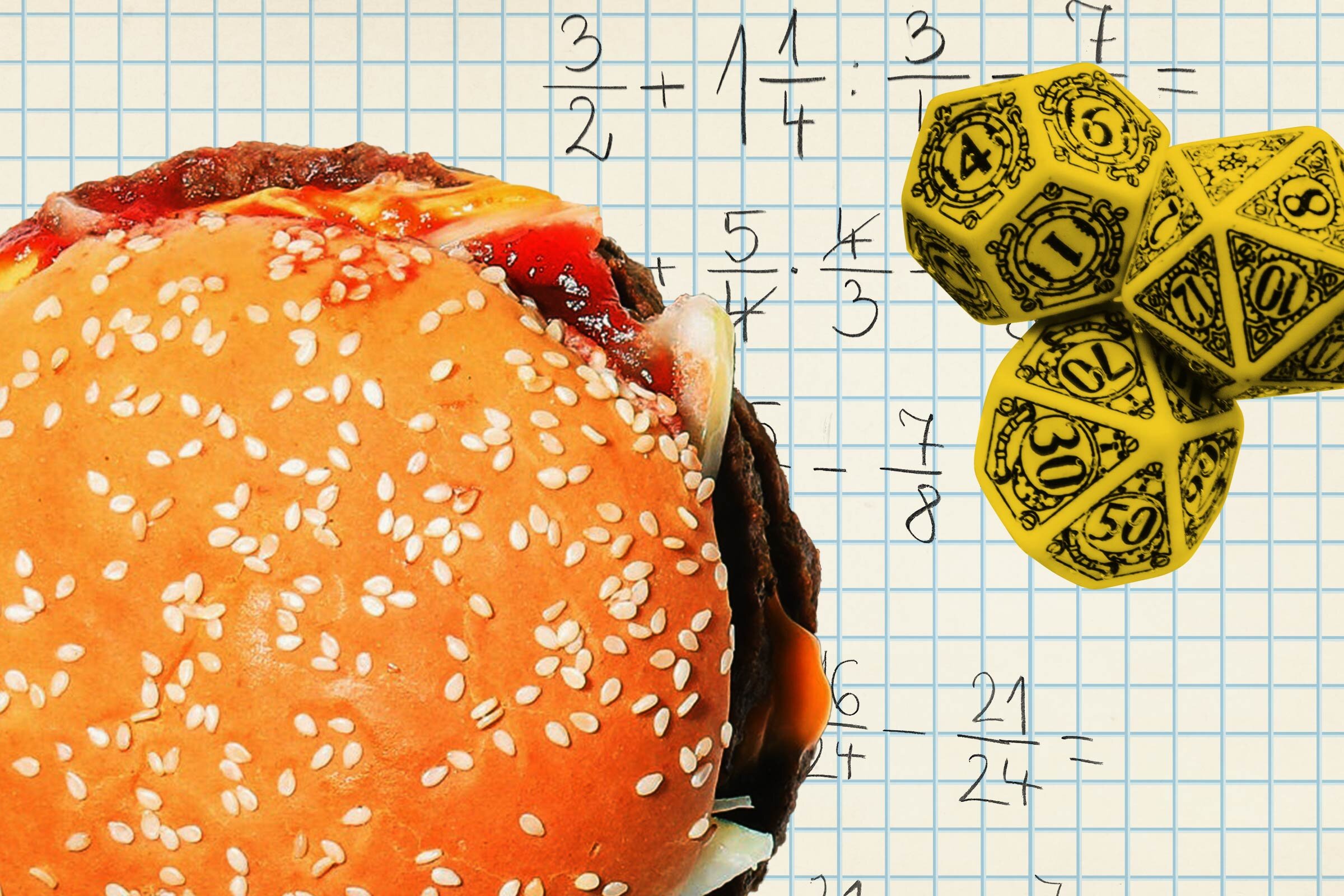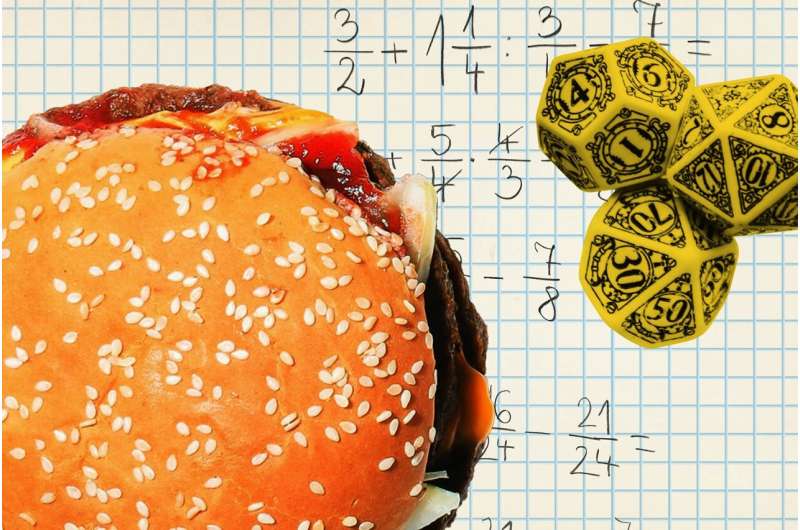

n the 1980s there was a widespread conspiracy theory that young people who played the fantasy game Dungeons & Dragons were prone to murder and suicide.
There was the tale of Irving Pulling, an avid player of the role-playing game who, at 17, killed himself after returning home from his Hanover County high school. He left a bizarre suicide note.
Before that was the story of James Dallas Egbert, a child prodigy who enrolled in college at 16 and disappeared from Michigan State University, leaving an ominous note some perceived to mean he had killed himself. He, too, was a fan of Dungeons & Dragons.
The two cases came at a time when the United States was in the throes of “Satanic Panic.” Halloween candy was being tampered with. The media fanned tales of cult activities and child abuse. The Dungeons & Dragons murder/suicide theory was even featured in a 1985 segment on the television news magazine “60 Minutes.”
There was just one problem. The theory, so widely believed, was wrong.
All it would have taken to debunk the idea was to look at the numbers. But as James Zimring says in his new book, “Partial Truths: How Fractions Distort Our Thinking,” humans generally are not great at understanding the likelihood of things.
“One of the reasons is we are storytelling creatures who predominantly use anecdotal evidence, and we are not prone to expect or seek out broad statistical data that gives the full picture of a circumstance,” said Zimring, the University of Virginia’s Thomas W. Tillack Professor of Pathology. “Misunderstanding probability has really bad outcomes.”
The numbers tell a different story
Over about five years in the 1980s there were 28 cases of adolescents who played Dungeons & Dragons and later committed murder or suicide. Then came a loud public outcry to ban the game.
“That’s a very human thing to do and it’s a good thing to do, right? Because observations begin with anecdotal evidence,” Zimring said. “If there’s an association of kids dying, we should pay attention to it.
“By 1984, 3 million teenagers were playing Dungeons & Dragons in the United States and the baseline suicide rate of adolescents overall would have been about 360 suicides each year,” he said. “So, when you look at the bottom of the fraction, at the denominator, Dungeons & Dragons was, if anything, protective. It had had the opposite effect.”
In other words, kids who played Dungeons & Dragons were less likely to commit suicide than teens as a whole.
Zimring said humans have still not learned to look at problems holistically.
“Setting aside the controversy regarding Dungeons & Dragons, people now claim that dark music and/or violent video games increase teen suicide, but it seems we haven’t learned our lesson because instead of saying, ‘All right, well, let’s look at these factors and take into account these probabilistic determinations,’ people jump right to a causal conclusion,” he said. “This is one example of a human tendency to ignore the whole fraction.”
Zimring offers several other examples in his book to prove this point. One is the sad tale of a massive marketing flop by A&W Restaurants, which thought it had a home run.
The burger joint set out to take on one of MacDonald’s’ signature sandwiches, the Quarter Pounder. A&W’s burger tasted better in blind taste tests. It cost less. It was bigger. They called it the “Third Pound Burger.”
It bombed. A market postmortem would reveal why. “The best they could determine was that people didn’t want to buy it because they thought that a third of a pound was less than a quarter pound because three is less than four,” Zimring said.
However, this human shortcoming of failing to consider statistical data when trying to understand a situation does have a good side, he said. It lies in something called heuristics—a cognitive framework humans rely upon to make quick, though sometimes imperfect, decisions.
“You can’t pay attention to every leaf blowing in the wind as you’re driving,” Zimring said by example. “But if one of those leaves suddenly explodes and bursts into flames, you should probably pay attention to that. We use heuristics to allow our brains, which are limited, to process information quickly enough that we can actually navigate the world in real time.
“We sacrifice the more logical reasoning systems for these shortcuts because they let us get by and they usually work,” Zimring said. “It’s just that when they fail, they can fail disastrously.”
2020’s ‘Dark Alliance’ video game features iconic Dungeons & Dragons characters, location
University of Virginia
Citation:
Dungeons & Dragons and burgers: ‘Really bad outcomes’ when we don’t grasp fractions (2022, May 30)
retrieved 30 May 2022
from https://phys.org/news/2022-05-dungeons-dragons-burgers-bad-outcomes.html
This document is subject to copyright. Apart from any fair dealing for the purpose of private study or research, no
part may be reproduced without the written permission. The content is provided for information purposes only.